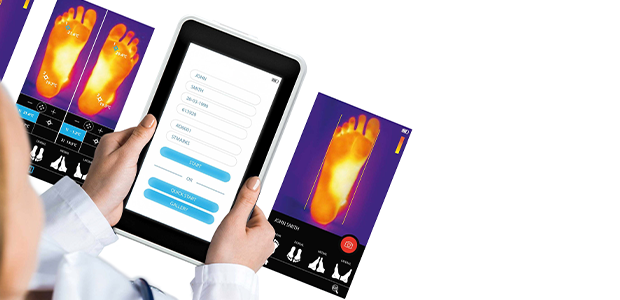
Thermal imaging tech for diabetic foot ulcers could save NHS millions
A new analysis commissioned by Thermology Health, a medtech spin-out from the National Physical Laboratory (NPL), revealed that its technology for screening and detecting diabetic foot ulcers could significantly improve patient outcomes and save the NHS more than £200 million annually over the next five years.
Diabetic Foot Ulcers, a major complication of diabetes, often result in amputations. A considerable number of these ulcers are detected too late, leading to limited treatment options and, in 10-20% of cases, amputations. Health technology consultancy Health Tech Enterprise's analysis indicated that, if adopted in the UK, Thermology Health’s technology could offer the following benefits:
- Annual cost savings of over £200million for the NHS within five years. Currently, the NHS spends approximately £1.5billion each year on diabetic foot ulcers
- Prevention of 25,000 amputations over the next five years
Globally, the number of people with diabetes is projected to increase by more than 100 million over the next seven years, reaching 640 million by 2030. Estimates suggest that 15-25% of individuals with diabetes are at high risk for ulcerations. Foot ulcers are a primary complication of diabetes, which remains one of the top three chronic diseases worldwide.
Commenting on the findings of the analysis, Thermology Health CEO, Yuval Yashiv, said: “It has been proven that there is the potential for over 60 percent reduction in ulcerations by using temperature as an early-warning indicator. Thermology Health’s technology relies on ultra-accurate temperature readings and AI analytics and will allow patients to scan their feet at home, with a report automatically sent to their clinician. This frequent remote monitoring will prevent ulceration and amputations. Currently accurate monitoring at home is needed by one million high-risk patients in the UK and 100 million worldwide.
“We always knew that this technology has the potential to make a very material impact, both financially and for improved patient outcome. However, these studies quantify this impact and it’s astonishing to see the magnitude of the impact that it can have on the NHS and abroad.”

